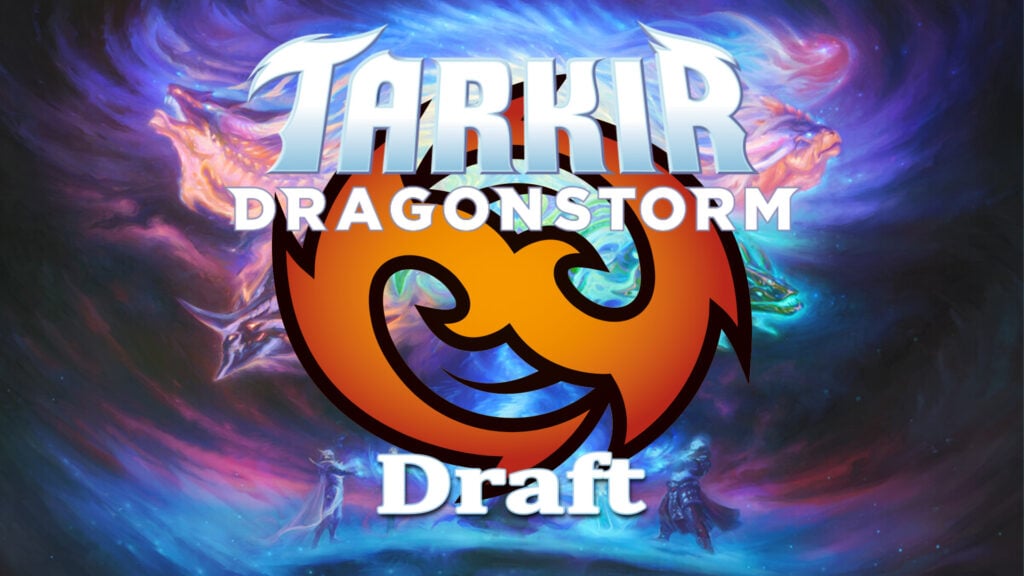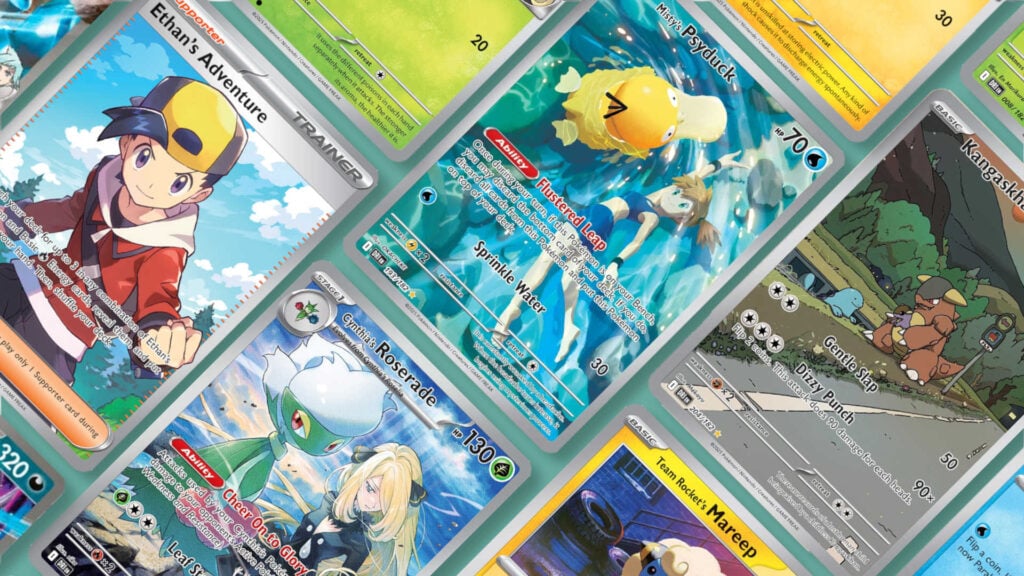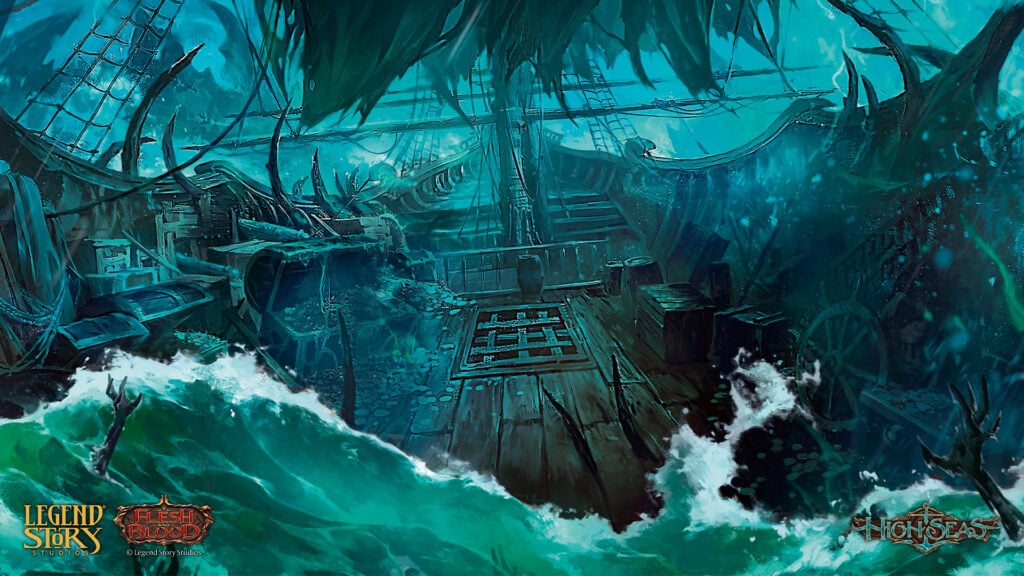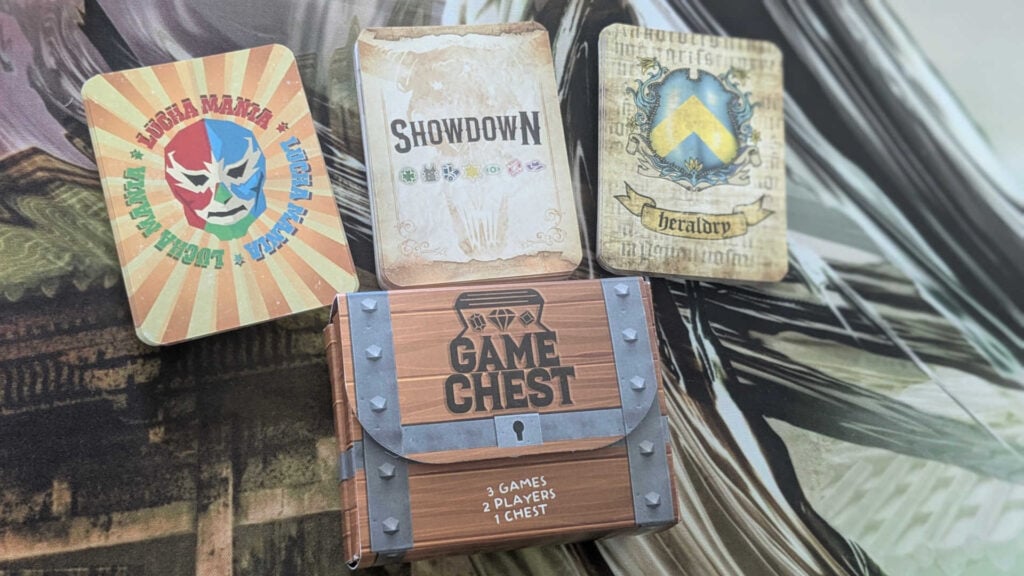Images courtesy of Wizards of the Coast
Tarkir: Dragonstorm is shaping up to be one of the most anticipated Standard sets in recent memory. The original Khans of Tarkir set is widely considered one of the best Draft sets of all time, so our newest outing on the plane has big shoes to fill. We’ll have to see if this is another all-timer, but we’ll never find out if we’re not prepared for the new limited environment.
Let’s take our first look at Tarkir: Dragonstorm Draft!
Table of Contents
ToggleSome Notes on Archetypes
For most modern-day sets, Draft is based around the ten color pairs, with each having a theme. Tarkir: Dragonstorm is instead based around the five wedges (groups of three colors that include a color and its enemy colors, such as white being combined with black and red to form Mardu.)
Additionally, the enemy color pairs are shared between two wedges, and are designed to be draftable themselves. This means the ally color pairs (white/blue, blue/black, black/red, red/green and green/white) aren’t inherently supported. This doesn’t mean that you can never draft these color combinations, but it’ll be rare, and you shouldn’t start out looking to draft them.
The Draft Archetypes of Tarkir: Dragonstorm
Each wedge’s strategy centers around one of five main mechanics in the set. The enemy color pairs focus on the overlap of two clan mechanics. Let’s start with the wedges, then move to the color pairs once we’re more familiar with the mechanics!
Abzan (White/Black/Green) Endure
When a creature Endures X, it either gains X +1/+1 counters or you create an x/x Spirit token. This mechanic gives you some flexibility in either going wide or tall. Which strategy you lean towards will likely vary from deck to deck and game to game, though choosing to create a token will often be correct to not be blown out by removal.
There’s a few ways to try and build this deck. You can lean more towards counter payoffs on the black/green side, more towards token payoffs on the white/black side, or just play individually powerful cards in the color combination. Generically good cards like Kin-Tree Severance and Skirmish Rhino will do the job either way.
Jeskai (Blue/Red/White) Flurry
Flurry rewards you for casting two spells in one turn. This pushes the Jeskai deck towards a low to the ground, aggressive tempo strategy. You’ll need to prioritize cheap spells (and some spells that can be recast later with a mechanic we haven’t touched on yet) to be able to double-spell as often as possible.
Jeskai looks like one of the harder decks to build and pilot. The payoffs for Flurry mostly look a little on the weaker side, and triggering it consistently will require clever drafting and deckbuilding. Some cards will reward you for double-spelling without specifically mentioning Flurry, like Rally the Monastery. Also look for cards that make double-spelling easier, like Fleeting Effigy, which can be cast every turn.
Sultai (Black/Green/Blue) Renew
Cards with the Renew mechanic can be exiled from the graveyard to put counters on your creatures. These counters can be +1/+1 counters or any of an assortment of keyword counters. Creatures with Renew may end up there after dying in combat, but you’ll have plenty of ways to get them straight into the graveyard from your deck.
Since Renew cards don’t need a lot of support to be good, Sultai decks won’t need to lean heavily into synergies. A few self-mill cards like Ainok Wayfarer or Rakshasa’s Bargain will benefit your strategy, letting you get value out of your Renew cards without drawing them. You can also look for cards like Kishla Skimmer that trigger whenever you activate a Renew ability.
Mardu (Red/White/Black) Mobilize
Mardu decks are all about going wide and attacking. Creatures with mobilize create a number of attacking 1/1 tokens when they attack, and the tokens are sacrificed at the end of the turn – but temporary advantages are still advantages!
These decks should prioritize a low mana curve and ways to make use of the Warrior tokens. Cards that reward us for having lots of creatures, like Salt Road Packbeast and War Effort, are great pickups. Since we have the tokens until the end of the turn, that gives us plenty of time to cash them in for value with a sacrifice outlet or something like Sunpearl Kirin!
Temur (Green/Blue/Red) Harmonize
Harmonize is a lot like flashback; you can recast the spell from your graveyard, but with harmonize you can tap a creature to pay part of that cost. The bigger the creature, the more of the harmonize cost it pays!
The Temur strategy will likely be midrange or ramp leaning, with a balance between harmonize spells and beefy creatures to utilize those spells. Like renew, you can consider harmonize a nice bonus that you don’t need to build around, but you’ll benefit from a little self-mill. Also like renew, you can look for Kishla Skimmer as a payoff for your harmonize cards.
Orzhov (White/Black) Sacrifice
White/black fits into both the Mardu and Abzan wedges, giving it access to both the mobilize and endure mechanics. This gives it a lot of token generation, and as such a lot of expendable bodies. Hardened Tactician is a great outlet to make use of those tokens, while Marshal of the Lost rewards you for going wide.
You’re going to want repeatable token generation if possible, which will push you more towards mobilize than endure. The number of true sacrifice outlets for these tokens is a bit limited, but keep an eye out for cards with a similar effect. Desperate Measures can be used to cash in a Warrior token for some cards post-combat, and as previously mentioned Sunpearl Kirin works much the same.
Izzet (Blue/Red) Two Spells
Blue/red fits into Jeskai and Temur, giving it flurry and harmonize. The idea here is to use harmonize cards to trigger your flurry payoffs, which is a strategy you’ll likely see in straight Jeskai decks as well. Effortless Master gets a lot bigger if it’s your second spell, and Glacial Dragonhunt is one of those harmonize spells that can help set up a big turn.
Like Jeskai, I assume this will be one of the harder decks to put together, though not impossible. The signpost uncommons are not the strongest, so I could see this being the kind of deck you move into when you know it’s open. Keep your curve low, and make sure you have some card advantage, like Focus the Mind, to ensure you have enough spells to keep triggering flurry.
Golgari (Black/Green) Counters
Black/green fits into Abzan and Sultai, giving it endure and renew. Both mechanics can put counters on creatures, and Golgari aims to utilize those counters. Host of the Hereafter gives your creatures pseudo-modular, moving counters around when creatures die. Stalwart Successor adds an additional +1/+1 counter on a creature the first time it gets any sort of counter each turn.
Prioritize cards that get counters onto your creatures, especially cards like Snakeskin Veil that fit into most decks anyway. From there, you can look for cards like Formation Breaker to benefit from those counters. Renew creatures pull double duty, with the keyword counters from something like Alchemist’s Assistant potentially letting you make absolute beaters in the late game.
Boros (Red/White) Go-Wide Tokens
Red/white fits into Mardu and Jeskai, giving it mobilize and flurry. These two mechanics lack the overlap the other color combinations have, and that’s reflected in the signpost uncommons. Cori Mountain Stalwart is a nice flurry payoff, but doesn’t play into the go-wide theme. Frontline Rush is cheap enough to potentially trigger flurry, but obviously is meant for the go-wide strategy.
In keeping with my general hesitance about flurry, I’d recommend leaning more into the go-wide part of this strategy. Mobilize cards and the cards that work well with them continue to pull their weight here. No matter which direction you go, you’ll want to keep your mana curve low to get the most out of your aggressive starts.
Simic (Green/Blue) Leaves the Graveyard
Green/blue fits into Sultai and Temur, giving it renew and harmonize. Both of these mechanics involve removing cards from your own graveyard, and so the color pair has rewards for doing that. Kishla Skimmer has been mentioned a few times as the main payoff for this strategy. Auroral Procession is an instant speed Regrowth, which triggers cards like the Skimmer.
Most of the cards we looked at for Sultai and Temur will continue to be good here. Simic tends to struggle in formats where it can’t defend against early onslaughts and excels when it can take over a late game, so make sure you take early interaction like Fresh Start to stem early bleeding.
Aside from the aforementioned Skimmer, I also like Essence Anchor if you can keep your shields up early. Just remember you can only activate it during your turn!
Tips and Tricks for Tarkir: Dragonstorm Draft
- Get mana fixing early – mana fixing is abundant in this format, but you need to make sure you take it early! Color-fixing lands should often be taken third or fourth pick. You’d always rather have extra fixing as opposed to not enough. Keep in mind that the tri-lands can be played even if you’re not in all three colors. An Opulent Palace still provides green and blue for a Temur deck, for example!
- Don’t be greedy – this set will test greedier players that want to jam all of the good cards from every color into one deck (it’s me; I’m the greedy player.) Taking fixing early will help when you open a slightly off-color sweet mythic rare in pack three, but do consider whether that sort of powerful card fits into your overall game plan. More aggressive decks will still be less likely to splash, while slower, green-based decks like Temur may have an easier time accommodating splashes for bombs.
- Five-color Dragons? – this is a sort of extra archetype in this set. I’m not sure how real it is, but I wouldn’t go in on this deck until I was certain it was open. There’s a cycle of uncommon Dragonstorms (Teeming Dragonstorm, Roiling Dragonstorm, etc) that have a payoff for playing Dragons, but both the Dragonstorms and the Dragons themselves (as well as the fixing needed to smoothly play the deck) will be high picks in many decks regardless.
- Are Omens good? – Speaking of Dragons, we have cycles of them at common and uncommon utilizing the Omen card subtype. Despite looking like Adventures, they’re a lot more like Split cards. Omens shuffle back into your deck upon resolution, so you’re choosing one or the other. These cards tend to be flexible, which is a great quality in a top-end beater. I especially like Sagu Wildling from the commons for its ability to smooth out your mana. The uncommons like Twinmaw Stormbrood use two colors of mana, and in some cases can be played when you can only cast one half of the card (most red decks will play Charring Bite even if they can’t cast the Dragon.)
Tarkir: Dragonstorm is deep enough where I could go on and on about it, but we have to stop somewhere. The set looks like it’s gonna be a fantastic Draft format, and I can’t wait to dive in! Thanks as always for reading, and join me next week for my first Standard deck of the new format.
Want to see the best cards for Standard from Tarkir: Dragonstorm? Check out my Top 10 List!




